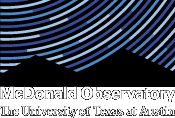Unlocking Clues to a Distant Planet’s History
St. Louis — CI Tau b is a paradoxical planet, but new research about its mass, brightness and the carbon monoxide in its atmosphere is starting to answer questions about how a planet so large could have formed around a star that’s only 2 million years old.

